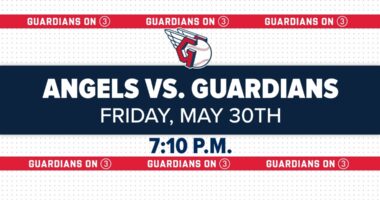
ORLANDO, Fla. – Tuesday has officially kicked off the full force of winter in central Florida. Temperatures have plummeted from where we sat Monday.
You probably started Monday morning wearing a coat or jacket, maybe a layer, a hat, and your favorite cold weather pants. But by the afternoon, the weather had changed dramatically with clouds, showers, storms, and temperatures almost hitting the 80s!
However, stepping outside on Tuesday morning was a whole different story. Temperatures across our area had dropped significantly to a chilly 35-40 degrees.
As shown in the temperatures, it feels more like a typical winter season now. Florida has finally caught up with the colder weather. It’s like John McClane in the Nakatomi building, saying, “Welcome to the party, pal!”
There is another “factor” in this cold weather equation, however, that MUST be understood. That comes in the form of “wind chill.”
I’m sure the graphic below looks very familiar to many of you. It is not the forecasted coldest temperature of the day or the overnight low, which we’ll discuss a bit more down below, but what the added gusty winds make the air feel like to our skin when you’re out and about.
You see, our bodies are fairly similar to the engine you find under the hood of your car. We have warm fluids that circulate from top to bottom, mechanisms to keep us from overheating, as well as parts that try to keep us from freezing over as best it can. Wind chill practically knocks that freezing prevention flat!
Think of it this way. Next time you wander out to your car, take a look through the front bumper at the shiny, silver thing you can likely see staring back at you through the grill. For my car folks out there, you can look at wind chill the same way air flow at the front of your vehicle interacts with your radiator or your intercooler if you drive a turbocharged vehicle.
When the air hits the cooling fins across the surface of your radiator, it dramatically brings down the heat content of the fluid flowing through it. This is a natural prevention to keep your engine coolant optimally working as you drive along without your engine overheating and sending a piston or a rod through the fender.
This is precisely what happens when our warm bodies are met by blustery winds and colder air temperatures. When you put wind and chilly air together, it completely dissipates what internal temperature is trying to warm the surface of our skin. So even if the temperature outside is 40 degrees, you add 10-20 mph winds to the formula and it’ll feel like you’re sitting in 20-degree air.
In fact, northern portions of Central Florida (near Ocala and The Villages), reached “feels like” temperatures in the 20s early Tuesday.
Wind chill is a very real thing, and it can be quite frankly painful if you aren’t layered up when you set foot outside in the morning or late evening after some overnight cooling has taken effect. Which brings us right to our next point!
When is the coldest part of the night? Some say its shortly after the sunsets, others will say its the turn of the day at midnight. Believe it or not, the answer might shock you a little bit.
The generally coldest portion of the nighttime is right before the sun rises. Typically around 6-7 a.m., pending of course if we’re in daylight savings or not. When the sun is shining on a crystal clear day, the surface of the Earth begins to warm. Makes sense, of course. But when the sun sets, it takes a considerable amount of time for this warmth to be “irradiated” out. A portion of the sun’s energy immediately bounces back up off the ground. The other is slowly dispersed once the sun goes down.
If you’re beneath a layer of clouds or fog after the sun goes down, those features act like insulators and you’re looking at even less overnight cooling since the energy leftover from the daytime gets trapped underneath.
Lastly, did you know cold fronts and cooler airmasses have slopes? They also have stack as you go from where we are at ground level, vertically up the atmosphere. We’ll save that for a later story and breakdown how airmasses behave and why it is the air feels as it does year-round in Central Florida!
Copyright 2025 by WKMG ClickOrlando – All rights reserved.

















